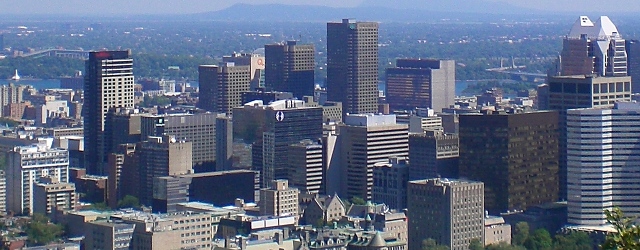Everything has its price. Every form of power production has costs in dollars, time, land, materials, pollutants, greenhouse gas emissions, and human deaths. We look at the most important factors for analyzing the feasibility of a proposed power project. Considering only some of these factors will lead to an incomplete picture of power system costs.
Tag: Radiation
Laser implosion fusion reactors
Laser implosion fusion is a proposed method for creating nuclear fusion power plants. It is showing some great promise, being the most likely candidate for the first fusion method to reach net energy gain. Exciting new developments may make fusion power a reality in the coming decades.
The basic realities of fusion reactor design
Issues and difficulties with creating a physical system for nuclear fusion. To succeed, we must face temperatures that vaporize all known materials and other requirements that make this the most difficult technological endeavor of our age.
Fusion fuel cycles: What they are and how they work
There are a number of different fuels that can be used for creating fusion power. Here we look at the useful ones and look at their advantages and disadvantages. Different fuel cycles require very different implementations.
Helpful tools for understanding nuclear fusion
These are the concepts I found to be very useful during my fusion research. Here we define ignition state, Lawson criterion, fusion performance parameter, and energy gain factor Q.

How can we create power from nuclear fusion?
Achieving sustained nuclear fusion for power production is incredibly challenging. Scientists have been working on this problem for decades. This piece is an overview of the basic concepts and technologies needed for nuclear fusion power. One could also view this as a tutorial, or a crash-course, in fusion power.
The regulatory battle over coal fly ash heats up
The coal industry has had a history of lobbying against a hazardous waste label for fly ash. Fly ash is toxic enough that the EPA mandated decades ago that it be captured and stored rather than emitted into the atmosphere.

Coal power: Pollution, politics, and profits
Burning coal releases heat energy, but it also releases many other products. Combustion products such as carbon dioxide, water vapour, nitrous oxides, sulphur oxides, particulate matter, and fly ash are also produced in varying amounts.
Is most radiation from nuclear power?
Nuclear power is a tiny fraction of our total radiation dose. Nuclear power is legally obligated to keep its radioactive emissions incredibly low. Even people who live close to nuclear power plants will receive from them only a fraction of the dose that they receive naturally from their environment. Human-made sources account for about 20% of the dose to humans, with nuclear power composing less than 1% of the total dose. Coal is responsible for a larger portion of radioactive dose than nuclear is. This is a point missed by most people involved in the world discussion about energy sources.

Does nuclear power lead to weapons proliferation?
Arguments can certainly be made to support either side of this argument. This article gives examples of valid arguments on both sides of the issue. In general it is clear that understanding of nuclear energy fundamentals is a prerequisite for creating nuclear weapons. In this area however, the proverbial cat is out of the bag. Pandora’s box has been opened. The knowledge exists and is relatively widespread. The real question is what to choose to do with the knowledge that the world now has.
Does nuclear waste last millions of years?
Prior to reading this article, it is recommended that you read our basic definitions for discussing nuclear science. In this article we refer to ‘used nuclear fuel’ and to ‘nuclear waste’. For our current discussion these are both the same thing. To get a deeper understanding of nuclear power in general, see our general nuclear […]

Nuclear Power: The Whole Story
Electrical power production using a nuclear power source is accomplished through the heat produced by bringing greater than a specific amount of radioactive material together. Water is heated to create steam, which in turn spins turbines to generate electricity. Greater quantities or concentrations of nuclear material produce more heat. The higher the temperature of the heat source, the more efficient the production of electricity from it becomes. If the core becomes too hot, it is possible for core material to melt. If the reactor core is kept relatively cool, the energy production is not thermodynamically or economically efficient. Combinations of different fuels, fuel cladding, and coolants have been tested to optimize reactor cores for efficient power production while remaining very safe. Many different combinations are in use today, each with it’s advantages and disadvantages.
Radiation: Key Terms and Definitions
The activity of a piece of radioactive material (called a ‘source’) is a measure of how many radioactive decays taking place per second. If you compare two uranium sources for instance, the one with the higher activity would be emitting more energy. There are three kinds of radioactive decays: alpha, beta and gamma.